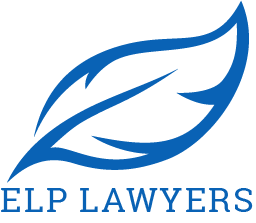The more dangerous a drug is and the greater its potential for abuse, the more restrictions the government places on it. Schedules of controlled substances organize them based on the negative effects they can have when abused versus the medical benefits they can confer, if any.
The lower the schedule number, as expressed in Roman numerals, the more dangerous a substance is. Therefore, Schedule II substances are among the most dangerous drugs. While they do have legitimate medical uses, they also have high abuse potential. Therefore, the government keeps close tabs on them, as a drug possession lawyer in Llano, TX, like from Winfrey Law Firm, can explain.
Some Schedule II substances are widely prescribed, while others are only rarely used for medical purposes. The following are a few examples of well-known Schedule II substances.
Barbiturates
Barbiturates are depressants that slow down the function of the central nervous system. They may be used to relieve conditions such as anxiety and insomnia. However, they can also decrease breathing and heart rate to dangerous levels. Not all barbiturates are Schedule II substances. Examples of Schedule II barbiturates include pentobarbital and glutethimide. Barbiturates are not prescribed as often as they used to be due to the development of drugs that are at least as effective with less abuse potential.
Narcotics
Schedule II narcotics are potent pain relievers that work by dulling the senses. While effective at relieving pain, narcotics also have high abuse potential. Narcotics can be natural (derived from extracts from a particular species of poppy), synthetic (created artificially in a lab), or semi-synthetic, containing both natural and man-made elements.
Fentanyl is an example of an extremely potent Schedule II narcotic with a high abuse potential. Other Schedule II narcotics include frequently prescribed pain relievers such as oxycodone, morphine, or hydromorphone.
Stimulants
Stimulants are used to treat conditions such as attention deficit hyperactivity disorder. Therefore, it is common for them to be prescribed to young people in school, who may sell or give them away to classmates or friends. Stimulants produce exhilaration, reverse fatigue, and are believed to enhance mental function. Commonly prescribed Schedule II stimulants include Ritalin, which is also known by its generic name of methylphenidate, and Adderall, which is an amphetamine.
Though usually manufactured, sold, and used illicitly, cocaine and methamphetamine are both Schedule II substances. Each has a very specific, very limited accepted medical use. It is very seldom that either is prescribed because of their high abuse potential and the existence of better drugs for the uses for which they are prescribed.
Use of Schedule II drugs, even for medical purposes with a valid prescription, may affect driving ability and result in DWI charges. Contact a law office to speak with an attorney about defending against them.
